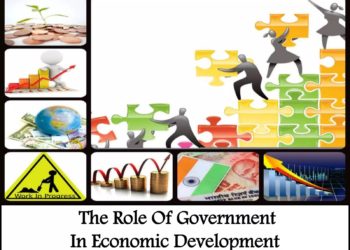The Kenya National Bureau of Statistics (KNBS) has released its Quarterly Balance of Payments and International Trade Report for the second quarter of 2024. The report provides key economic insights, highlighting changes in Kenya’s current account, exports, imports, remittances, and financial inflows.
The current account deficit improved by 34.5% in the second quarter of 2024, shrinking to KES 104.1 billion from KES 158.98 billion in the same period in 2023. This improvement was driven primarily by Exports of goods rising to KES 276.3 billion, a 10.9% increase from the same period in 2023. This growth was largely supported by sectors like tea and apparel, which saw higher volumes of exports. The rise in exports indicates that Kenya’s domestic industries are becoming more competitive in the global market, especially in key sectors such as tea, apparel, and horticulture.
Further, Remittances, a crucial source of foreign exchange, increased by 12% to KES 157.4 billion, up from KES 140.5 billion in Q2 2023. This boost played a key role in narrowing the current account deficit. The continued growth in remittances highlights the importance of the Kenyan diaspora in providing foreign currency inflows, which help balance the current account.
Despite the increase in exports, Kenya’s imports also grew, though at a slower rate. Merchandise imports increased by 2.3% to KES 617.5 billion in Q2 2024, driven largely by increased imports of industrial machinery. However, this growth was moderate compared to previous quarters, contributing to a reduction in the trade deficit from KES 354.3 billion in Q2 2023 to KES 341.2 billion in Q2 2024.
While the current account showed improvements, the overall balance of payments position deteriorated sharply. The surplus in the balance of payments fell by 45%, from KES 152.9 billion in Q2 2023 to KES 84.1 billion in Q2 2024. This decline can be attributed to financial inflows falling significantly from KES 330.7 billion in Q2 2023 to KES 198.3 billion in Q2 2024. This was partly due to increased external debt servicing by the government. The sharp drop in financial inflows could be a sign of lower investor confidence or higher repayments on external loans. This, combined with higher debt servicing costs, puts pressure on Kenya’s foreign exchange reserves and could lead to a tightening of liquidity.
With reduced financial inflows and slower reserve accumulation, Kenya’s ability to manage its external obligations is under stress. The need to service external debt, coupled with lower reserve growth, may lead to further economic vulnerabilities, especially if global financial conditions tighten.
While the increase in exports and remittances are positive developments, they may not be enough to offset the pressures from declining financial inflows and rising debt service costs. Moving forward, Kenya will need to carefully manage its external debt and focus on policies that enhance export growth and attract more stable financial inflows to restore balance and strengthen its position in the global economy.


















